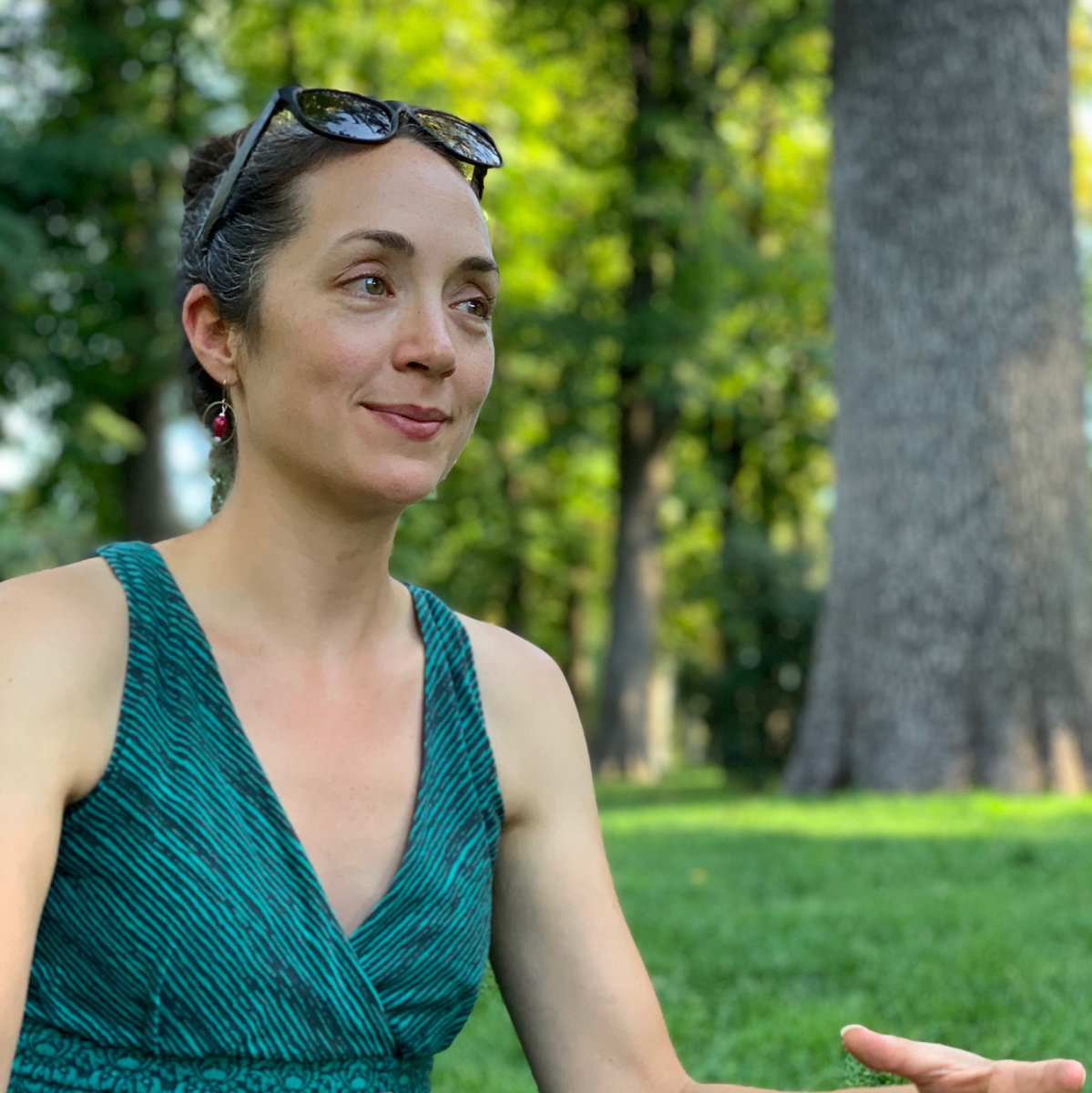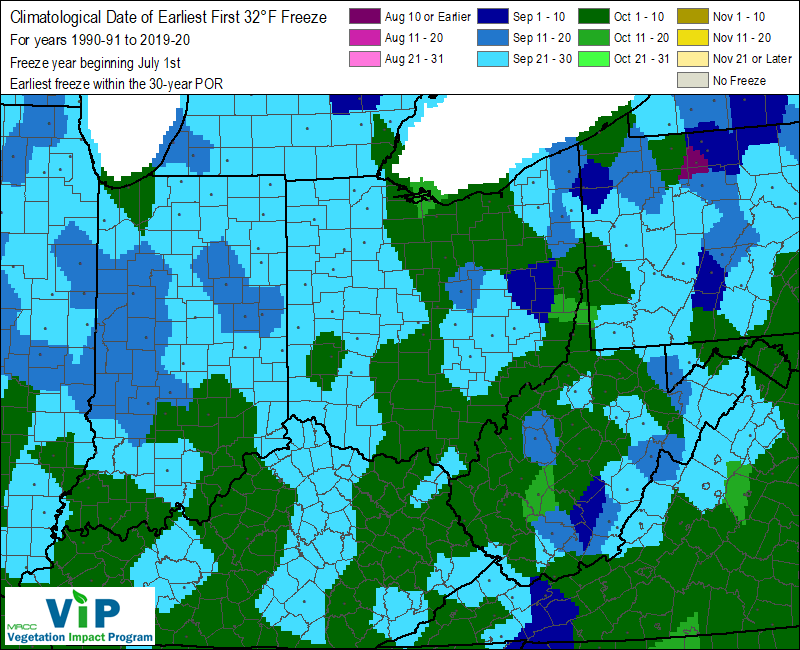Table Of Content

Frost dates are calculated based on data from the NOAA National Centers for Environmental Information. A Hard Freeze Warning is issued when temperatures are expected to be 28°F or less. A Hard Freeze Watch may be issued a few days ahead of time if the potential exists for temperatures to fall into these thresholds. Below is a list of planting guides for Charlotte, NC.
Record Low Broken for Charlotte - WCCB Charlotte
Record Low Broken for Charlotte.
Posted: Thu, 22 Apr 2021 07:00:00 GMT [source]
Frost Date Chart: First & Last Frost Dates Across North America
The changing color of leaves during fall is a completely separate phenomenon from the falling temperatures. Leaf color change is caused by the shortening of days from summer to fall. Interestingly, the brilliant fall color is there all summer, but until fall, it is hidden by the production of (green) chlorophyll. As days shorten in fall, leaves shut down their chlorophyll production, and their real pigments are revealed. These are averages so a frost could come a few weeks earlier or later than the stated dates.
When was the last time it snowed in Charlotte?
The dates listed below are estimated average light frost dates based on historical data from the National Climatic Data Center. A light frost is when temperatures are between 29°–32°F. During a light frost, tender plants may be killed, with little destructive effect on hardier vegetation. Starting seeds indoors (in seed trays or starter pots) gives your crops a head start on the growing season, which is especially important in regions with a short growing season. Starting seeds indoors also allows young, tender plants to grow in a stable, controlled environment. Indoors, you can control these elements to maximize your plants' early growth and give them the best shot at thriving when they are transplanted outdoors.
Determining Frost Dates by Zip Code

Just fill in the fields below, and we’ll get a new account set up for you in no time. We will only ask you for information necessary to make the purchase process faster and easier. When do we normally see our First(Fall) and Last(Spring) 36°F Frost, 32°F, and 28ºF freezes?
Seed Shelf Life Demystified: How Long Are Your Vegetable Seeds Good For?
Frost does not form at a particular temperature and can form even with temperatures in the upper 30s. Here is a list of the average first frosts across the WCNC viewing area. When temperatures drop into the mid-'30s under clear skies and light winds, frost is born. The "Moon Dates" indicate the best planting dates based on Moon phases.
‘My daddy is a hero.’ Hundreds honor fallen Officer …
Frost is predicted when air temperatures reach 32°F (0°C). Still, a frost may occur even when air temperatures are just above freezing due to open exposure to the clear night sky, which exposes surfaces to radiative cooling. Always keep an eye on your local weather forecast and plan to protect tender plants accordingly. Weather, topography, and microclimates may also cause considerable variations in the occurrence of frost in your garden. To ensure the safety of your tender plants and fall harvests, you might want to adjust the average frost dates that are published for your region. Consider planting two weeks later in spring and two weeks earlier for fall/winter to protect your plants from unexpected and abnormal cold temperatures.
Related Maps and Pages
Typically, frost can occur when the temperature falls below 36°F, especially in rural areas. It is a localized phenomenon and can be quite variable across a small area. Debra LaGattuta is a Master Gardener with 30+ years of experience in perennial and flowering plants, container gardening, and raised bed vegetable gardening. She is a lead gardener in a Plant-A-Row, which is a program that offers thousands of pounds of organically-grown vegetables to local food banks.
Follow our Pinpoint Weather Team on Twitter
These charts can help you estimate when to expect the first frost in fall, and the last frost in spring, so that you know when to plant in your garden or meadow. Our spring planting calendar starts with the very first dates that you can plant (based on the last spring frost). You can turn to a few different sources to determine the average frost dates in your area, as noted.
In addition, climate change has not been taken into account when determining some frost dates. It's time to transplant when seedlings have grown too large for their seed trays or starter pots. If it's not yet warm enough to plant outdoors, transplant the seedlings to larger plastic or peat pots indoors and continue care. If outdoor conditions allow, start hardening off your seedlings approximately one week before your last frost date, then transplant them into the garden. A Freeze Warning is issued when minimum temperatures are forecast to be 32°F or less.
Hard freeze Houston 2024: Here's when the cold weather will get here - Houston Chronicle
Hard freeze Houston 2024: Here's when the cold weather will get here.
Posted: Fri, 12 Jan 2024 08:00:00 GMT [source]
Snow is most likely to fall in January, followed by February, December, and March. These include kale, cabbage, parsnips, carrots, beets, and brussels sprouts. Frosty weather helps the starch in the root turn to sugar so they taste sweeter. This brings the area's average first freeze to Nov. 8, but that window can be expanded from Nov. 1 to 10.
A frost date is the average date of the last light freeze in spring or the first light freeze in fall. The dates provided are based on the number of weeks before or after frost, so we can provide a unique calendar to every user in the country. Thus, several crops (especially similar crops) may appear to have the same date. Kale and lettuce, for example, or dates for starting seeds, like broccoli and cabbage. In fact, many crops with short maturity times (such as radishes) can be succession planted all the way through the summer in northern areas.
Below are images depicting the earliest, median, and the latest dates for the first 36°F Frost, 32°F, and 28°F freezes across our region. Freeze Warning/Watches and Frost Advisories will be issued during the beginning and the ending of the growing season. North Carolina has a range of climates spanning from as cold as Zone 6b to as warm as Zone 8b. — November has officially begun, and it started with a chill in the air. Now, it looks like this weekend, Charlotte is due for its first frost of the season. The planting calendar below tells you when to plant in the SPRING and also plant in the FALL, based on your zip code or postal code.

No comments:
Post a Comment